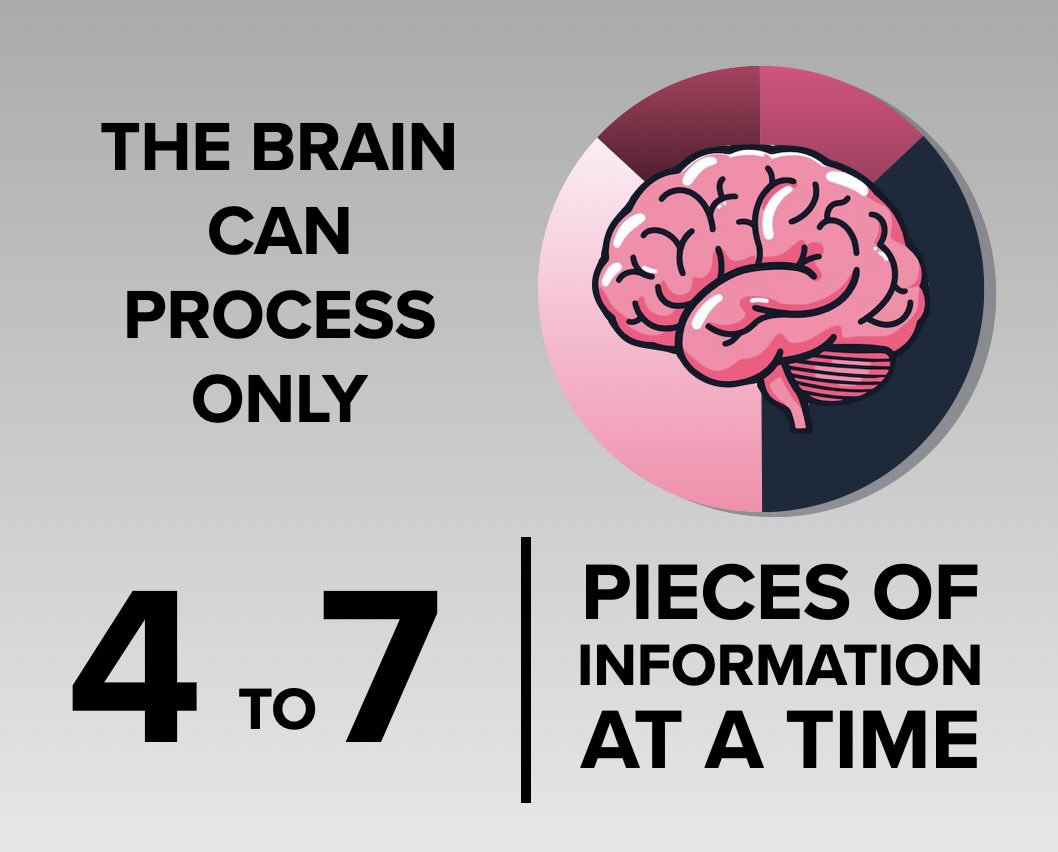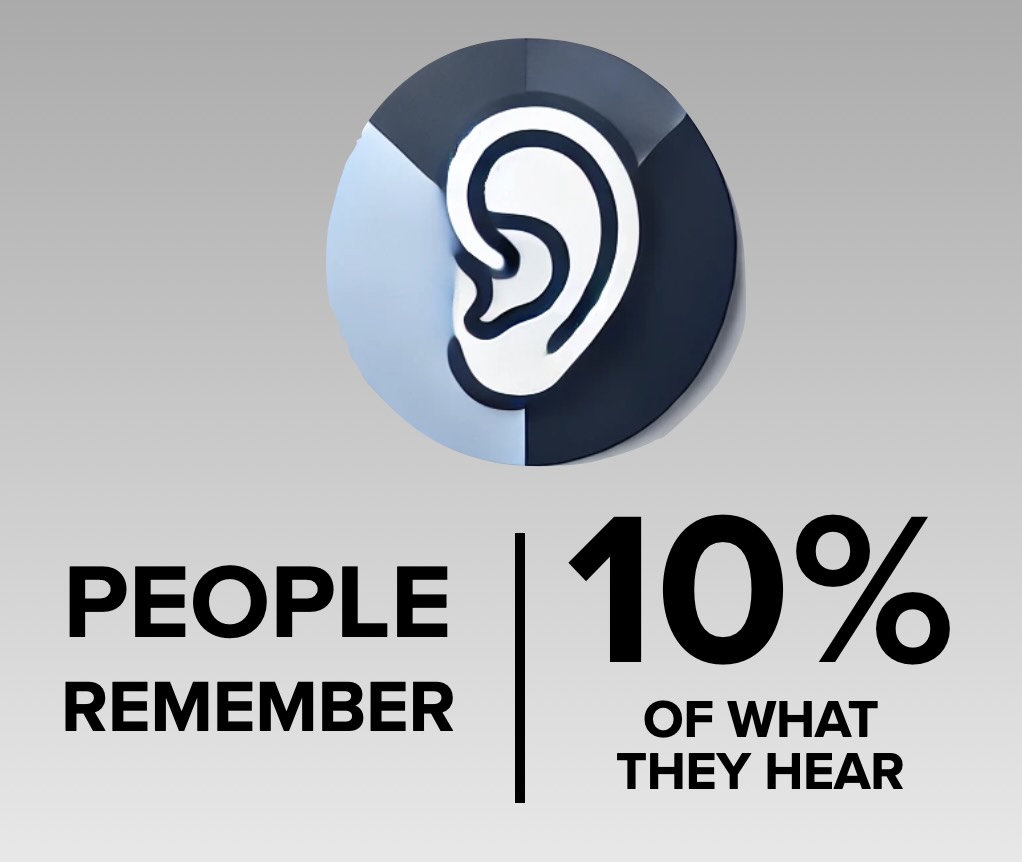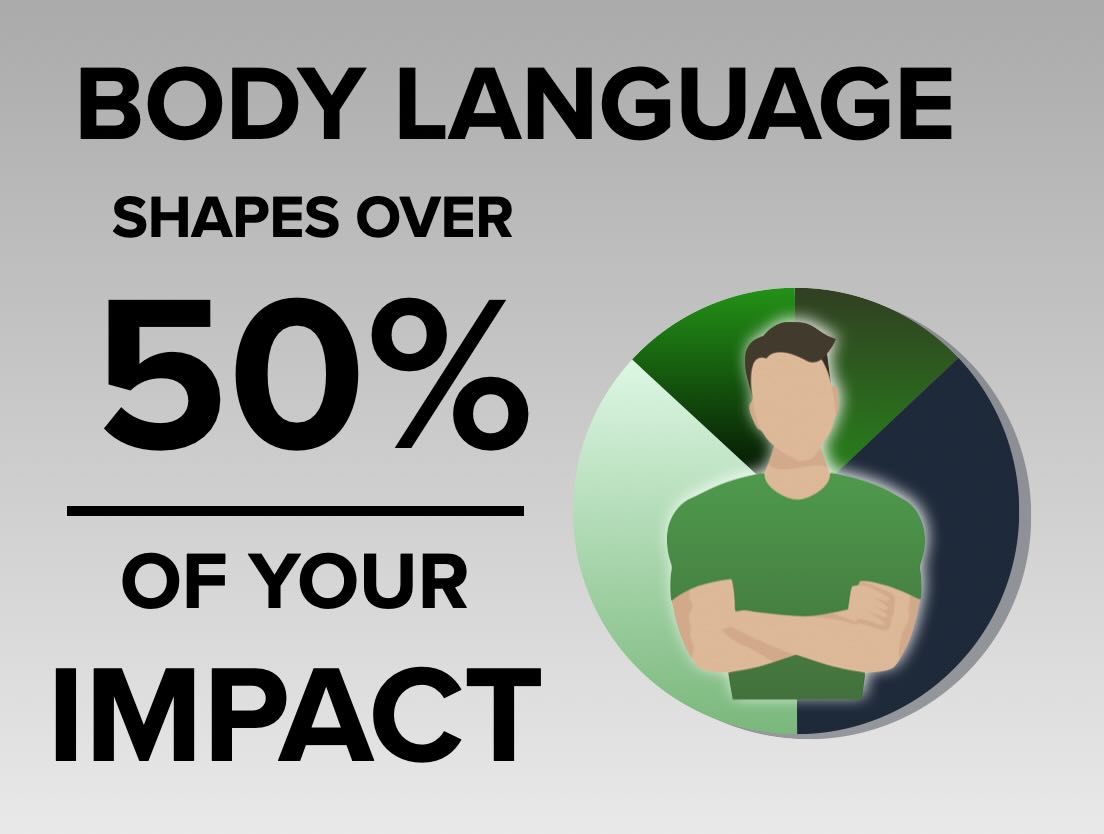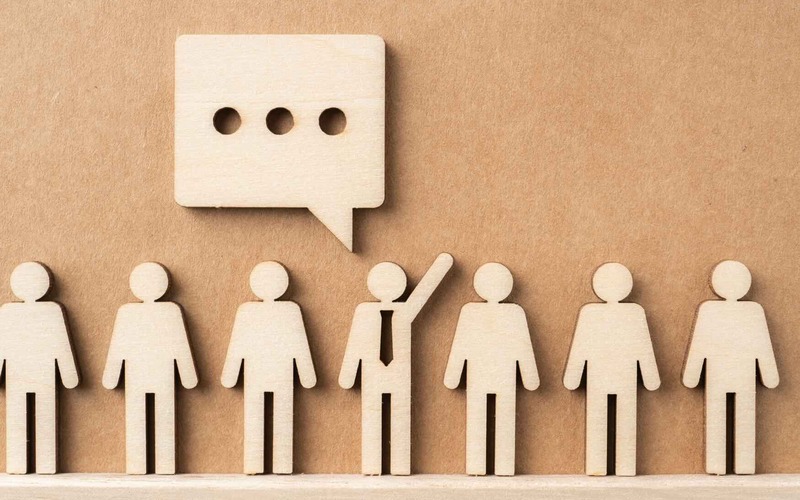How to Communicate Your Idea Clearly?

You have a strong idea—maybe a solution to a persistent workplace problem, an optimization of an existing process, or an innovative concept. But when you try to explain it, it doesn’t seem to resonate. People appear unconvinced, respond unenthusiastically, or even disengage.
What’s going wrong?
Research shows that 60% of ideas pitched in companies don’t get picked up—not because they’re bad ideas, but because they aren’t communicated clearly. We often get too caught up in our own thought process, focusing on details that make sense to us but might seem confusing or irrelevant to others.
Why Do Ideas Fail to Stick?
Many great ideas get lost because they are not communicated effectively. Here are the most common pitfalls:
1. Too Much Information at Once

Cognitive research shows that the human brain can only process four to seven pieces of information at a time. Additionally, studies indicate that the average listener loses focus after about 40 seconds without a clear key message.
Typical mistake:
You overload your audience with too many details, making your message unclear and overwhelming.
Solution:
Focus on the essence. Start with the key message and only add details when needed.
Structure your information logically (see the pyramid principle below).
Example:
Instead of saying, "Our new software includes an advanced algorithm with multiple integrations that streamline data processing," say, "With this software, we process data 50% faster, saving 200 hours per year."
2. No Clear Core Message

People only remember 10% of what they hear, unless the information is simple and visually engaging—then retention jumps to 65%.
Typical mistake:
Your message is vague or too technical.
Solution:
Summarize your idea in one clear sentence.
Use measurable benefits instead of abstract claims.
Example:
Instead of saying, "Our new productivity tool improves workflow efficiency," say, "With this tool, you save an hour of work every day."
3. No Connection with Your Audience
People engage with ideas that address their specific needs and concerns. If your message doesn’t relate to them, it will have little impact.
Typical mistake:
You focus too much on the managerial benefits of a new process, but your team doesn’t see how it helps them.
Solution:
Adapt your message to your audience.
Highlight the benefits that matter most to them.
Example:
Instead of saying, "This new process improves operational efficiency," say, "This new process eliminates redundant steps, making your work faster and easier."
4. Body Language and Tone Don’t Match Your Message

Studies show that people assign more importance to non-verbal cues than to words alone.
Typical mistake:
You say, "This is a great opportunity!" but your arms are crossed, and you avoid eye contact—making you seem unconvinced.
Solution:
Use body language and tone to reinforce your message.
Stand upright, use open gestures, and vary your vocal tone.
How to Communicate Your Idea Effectively?
Now that you know what doesn’t work, let’s look at techniques that do work.
1. Use a ‘One-Minute Message’
If you only had one minute to explain your idea, what would you say? This forces you to clarify the essence.
Three Key Steps:
- What is the problem or opportunity?
- What is your solution?
- What is the impact and why does it matter?
Example:
"We lose 10 hours each week to manual invoice processing. With an automated system, we save that time and eliminate errors—saving us €15,000 per year."
2. Start with WHY (Simon Sinek’s Golden Circle)
Instead of starting with what your idea is or how it works, start with why it matters. People are more convinced by purpose than by raw facts.
Golden Circle Approach:
WHY → Why is this important? What’s the deeper reason behind your idea?
HOW → How will you achieve it? What makes your approach unique?
WHAT → What exactly is it? What are the details and facts?
Example – Introducing a project management system:
Instead of saying, "We have a new project management system that improves workflow efficiency," say, "Did you know 40% of our project time is lost due to miscommunication? Imagine cutting that in half. With this system, teams collaborate more effectively, ensuring tasks and deadlines are clear."
Why does this work?
People feel the urgency and relevance first.
They engage before being overloaded with details.
3. Use the Pyramid Structure
Structure your communication like this:
Start with your conclusion → What is your idea?
Support it with arguments → Why is it valuable?
Add details and examples → How does it work?
Example:
"We waste 300 hours per year in inefficient meetings."
"With a new meeting structure, we can cut that by 50%."
"Companies using this approach save an average of €50,000 per year."
Why does this work?
The audience gets the key message immediately.
Details only come after interest is established.
4. Make Your Idea Tangible
People remember stories 22 times better than dry facts. Use examples, metaphors, and storytelling to make your idea stick.
Example:
Instead of saying, "This tool optimizes workflow," say, "With this tool, what now takes an hour will take just five minutes."
Why does this work?
Concrete benefits are more convincing than abstract claims.
5. Adapt Your Message to Your Audience
Different stakeholders have different priorities.
Tailor your message:
For executives: Focus on return on investment and strategic growth.
For colleagues: Highlight ease of use and efficiency.
For customers: Emphasize better service and experience.
Example – CRM tool:
For the CEO: "This system helps us better manage customer relationships and increase revenue."
For sales teams: "You’ll never have to search for client data again—it’s all in one place."
For customers: "You’ll receive faster, more personalized service."
6. Pay Attention to Your Body Language and Voice
A confident posture strengthens your message. If you appear uncertain, even with a strong idea, people are more likely to doubt your message.
What can you do?
- Posture: Stand upright, maintain an open stance, and make eye contact.
- Voice: Vary your pace and tone to convey energy and enthusiasm.
- Hand gestures: Use gestures to emphasize and support your words.
If you don’t seem convinced of your own idea, why would anyone else be?
Make Your Ideas Stick
A good idea only has impact if it’s communicated clearly. Simplify your message, structure your delivery, and engage your audience.
Want to improve your communication skills? At Expert Academy, we help professionals refine their messaging for maximum impact.








